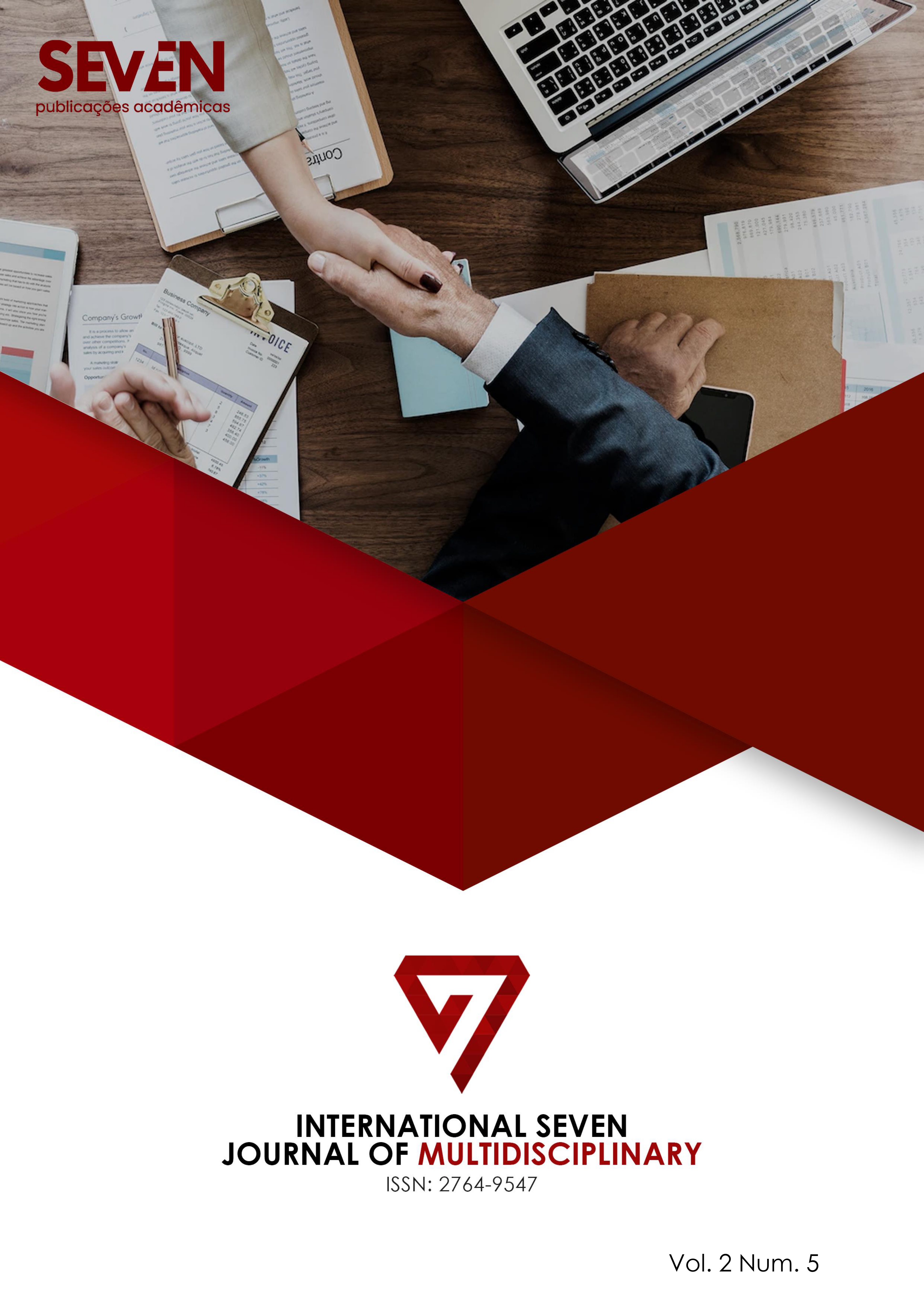Microbial consortia and polyethylene terephthalate degradation
DOI:
https://doi.org/10.56238/isevmjv2n5-010Palabras clave:
Polyethylene terephthalate (PET), Contamination, Microbiology, Microorganisms.Resumen
The world is currently facing a very serious pollution phenomenon, which is already part of our daily lives. Improperly discarded plastic becomes tons of waste that, when not properly disposed of, generate serious problems worldwide. As an example we can mention the damage to marine species. To reduce plastic pollution, especially that of polyethylene terephthalate (PET) bottles, recycling techniques such as chemical degradation have been established. In an alkaline degraded PET, elaborated in the Biochemistry laboratory of the Universidad del Papaloapan, microbial growth with the appearance of mycelium was observed. The observed conglomerate was allowed to grow and from it some microbial strains were isolated and identified using microbiological and molecular biology methodologies. The results indicated the presence of several types of microorganisms, mostly fungi, which were found to be part of the cluster formed in the alkaline residue. A series of studies have been initiated with these organisms with the objective of learning how they develop the capacity to adapt to the degradation of PET as a sole carbon source. The importance of the isolated microorganisms has opened a wide range of questions related to biochemistry and microbial genetics; evolution and biological phenomena related to environmental contamination.


